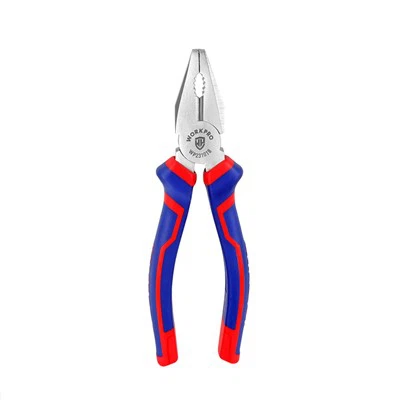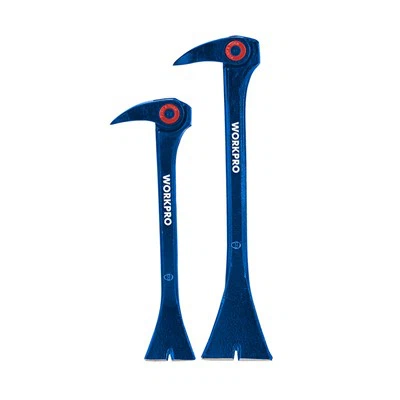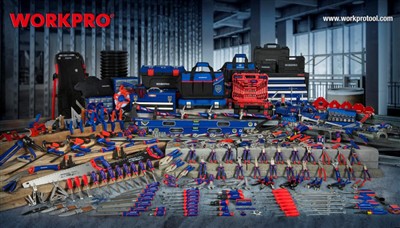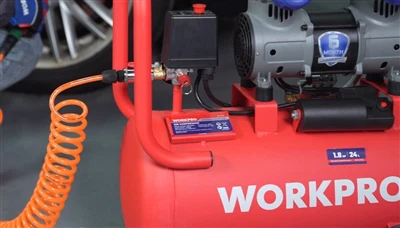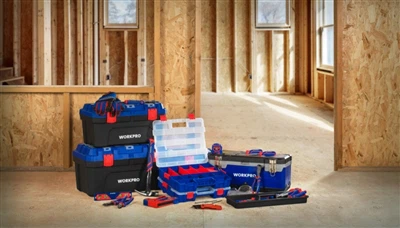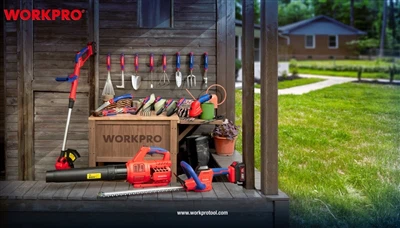Air tools, also known as pneumatic tools, are powered by compressed air, offering powerful, reliable, and versatile performance for a variety of tasks. Choosing the right air tool for your project can greatly enhance efficiency and results. In this guide, we'll explore different types of air tools, their uses, and key factors to consider when selecting the best one for your needs.
1.Introduction to Air Tools
Air tools have become a staple in automotive, construction, and woodworking industries due to their unmatched power and efficiency. Powered by compressed air, they offer a reliable and consistent performance that electric tools sometimes struggle to match.
2.Benefits of Using Air Tools
-
Powerful Performance: Air tools deliver more torque and power compared to their electric counterparts, making them ideal for heavy-duty tasks.
-
Durability: They are often more durable and have a longer lifespan due to fewer moving parts.
-
Lightweight Design: Many air tools are lightweight and ergonomically designed, reducing user fatigue during prolonged use.
-
Versatility: Suitable for a wide range of applications including drilling, sanding, grinding, and fastening.
3.Types of Air Tools and Their Uses
①Air Impact Wrenches
-
High Torque Output: Perfect for loosening and tightening bolts and nuts.
-
Applications: Automotive repairs, heavy machinery maintenance, and construction projects.

②Air Ratchets
-
Compact Design: Ideal for working in tight spaces where larger tools can't reach.
-
Applications: Automotive work, assembly line tasks, and small engine repairs.
③Air Hammers
-
Versatile Functionality: Used for cutting, chipping, and scraping materials.
-
Applications: Automotive bodywork, metal fabrication, and demolition tasks.
④Air Sanders
-
Smooth Finishing: Provides a smooth, even finish on wood, metal, and plastic surfaces.
-
Applications: Woodworking, auto bodywork, and furniture refinishing.

4.Factors to Consider When Choosing an Air Tool
①Power and Performance
Consider the torque, speed, and power output required for your specific project. Higher torque is essential for heavy-duty tasks, while speed is crucial for precision work.
②Air Consumption and CFM Requirements
Each air tool has specific air consumption requirements measured in Cubic Feet per Minute (CFM). Ensure your air compressor can supply enough CFM to power the tool effectively.
③Tool Weight and Ergonomics
Opt for lightweight and ergonomically designed tools to reduce hand fatigue during prolonged use. Comfort and grip are important for safety and control.
④Durability and Build Quality
Invest in tools made from high-quality materials like steel or aluminium. Durable construction ensures the tool can withstand rigorous use over time.
5.How to Choose the Right Air Compressor
-
CFM Rating: Match the air compressor's CFM rating with the requirements of the air tools you plan to use.
-
Tank Size: Larger tanks provide a consistent air supply for heavy-duty tools. Consider the tank size based on the duration of your projects.
-
Portability: Choose between stationary and portable compressors based on your workspace and mobility needs.

6.Conclusion: Selecting the Best Air Tool for Your Project
Choosing the right air tool involves understanding your project's specific needs and matching them with the tool's capabilities. Consider factors such as power, air consumption, ergonomics, and durability to ensure you make an informed decision. Investing in quality air tools and maintaining them properly will enhance your efficiency, safety, and project outcomes.
Final Thoughts
By understanding the different types of air tools and their applications, you can select the most suitable tools for your projects, whether you're a professional mechanic, a woodworker, or a DIY enthusiast. Prioritize safety and maintenance to ensure the longevity and optimal performance of your pneumatic tools.





